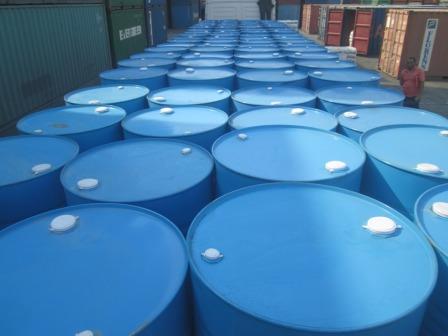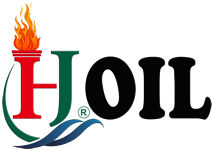Definition Of Chlorinated Paraffin
Chlorinated paraffin (CPs) are complex mixtures of polychlorinated n-alkanes. The chlorination degree of CPs can vary between 30 and 70 wt%. CPs are subdivided according to their carbon chain length into short chain CPs (SCCPs, C10–13), medium chain CPs (MCCPs, C14–17) and long chain CPs (LCCPs, C>17). Depending on chain length and chlorine content, CPs are colorless or yellowish liquids or solids.
Chlorinated paraffin are synthesized by reaction of chlorine gas with unbranched paraffin fractions ( 2 % isoparaffins, 100 ppm aromatics) at a temperature of 80–100 °C. The radical substitution may be promoted by UV-light.
CxH(2x+2) + y Cl2 → CxH(2x−y+2)Cly + y HCl

When the desired degree of chlorination is achieved, residues of hydrochloric acid and chlorine are blown off with nitrogen. Epoxidized vegetable oil, glycidyl ether or organophosphorous compounds may be added to the final product for improved stability at high temperatures.
Commercial products have been classified as substances of unknown or variable composition. CPs are complex mixtures of chlorinated n-alkanes containing thousands of homologues and isomers which are not completely separated by standard analytical methods.
Application Of Chlorinated Paraffin
1.CPW is used widely as a secondary plasticizer in flexible PVC compounds notably cable, footwear, hosing, conveyor belting, coated fabric and profiles. In these applications it can be used to partially replace more expensive primary plasticizers. In compounds with flame-retardant requirements, CPW is used to partially replace more expensive primary flame-retardants.
2.An important benefit of CPW is its ability to reduce the unit cost of flexible PVC compounds. Correct reformulation with UNICHLOR produces PVC compounds with comparable physical properties: softness or hardness, tensile strength, elongation at break and others, as well as heat aged retention of physical properties.
3.Increasingly, regulations specify flame resistance/ fire resistant in a growing number of applications. CPW is suitable for incorporation into PVC compounds and a range of other compounds and polymers, including polystyrene, polyethylene, polyester resins and natural and synthetic rubbers in products such as conveyor belts, polystyrene foam and glass fiber reinforced polyester.
4.Textiles for carpets, carpet backing, tarpaulins and tents and Paints can be treated with compositions to induce flame retardancy.
5.It is used in lubricants as an extreme pressure additive, where it forms a tenacious film on working parts. In cutting oils it is used as an additive to minimize ‘weld’ formation.
6.In paints it is used as a plasticizer for binders and resins.
7.It is also used in caulks and sealants.
8.As an excellent carrier for powders such as pigments, stabilizers and inorganic fire retardants.








